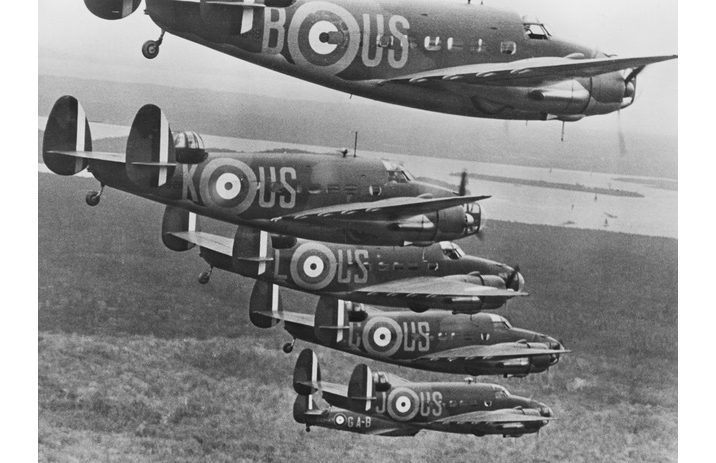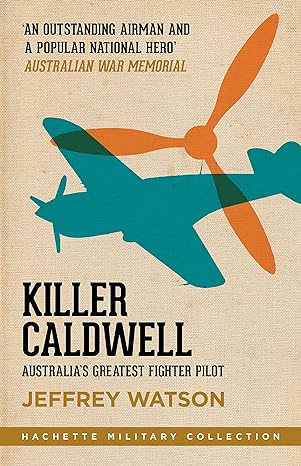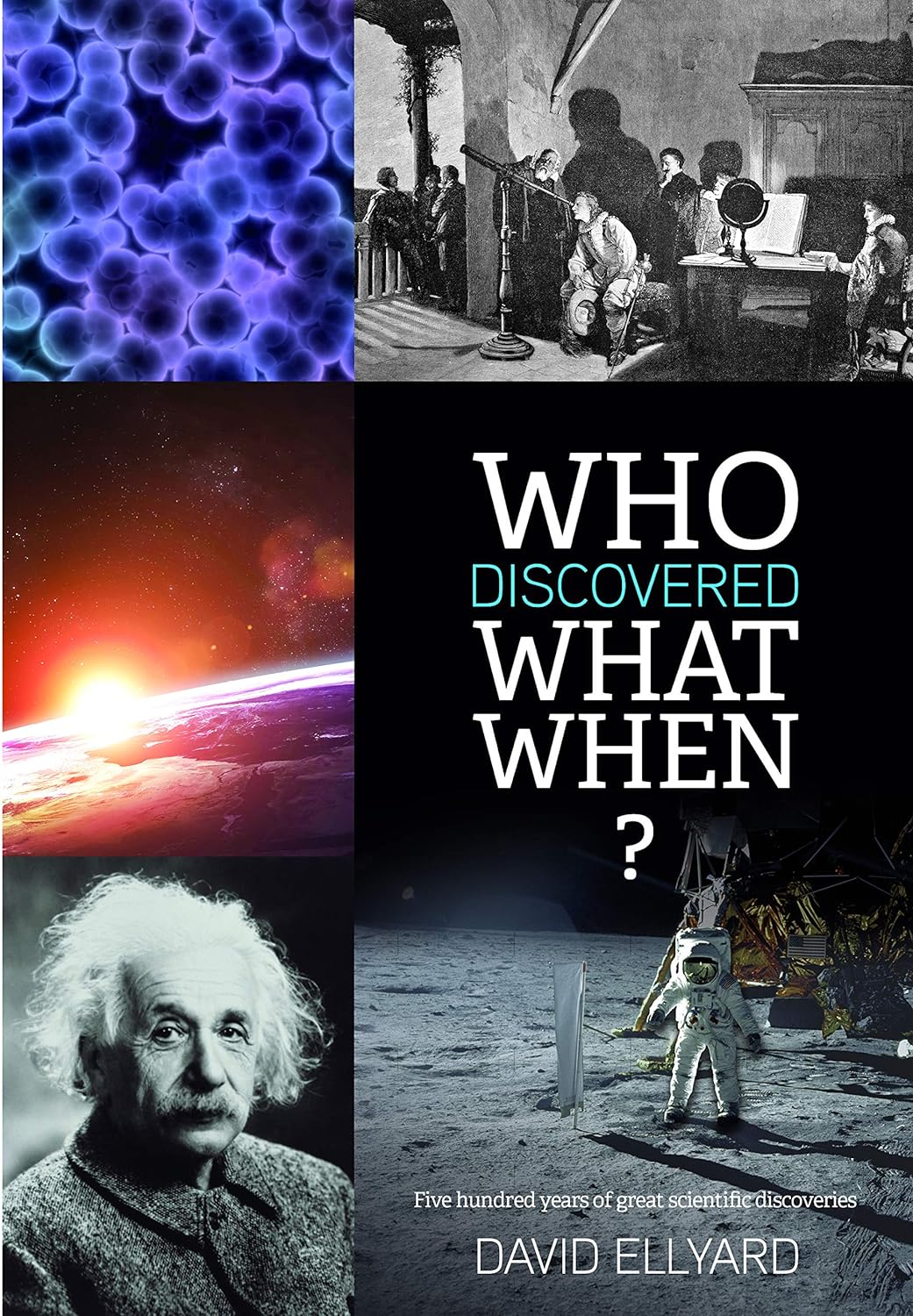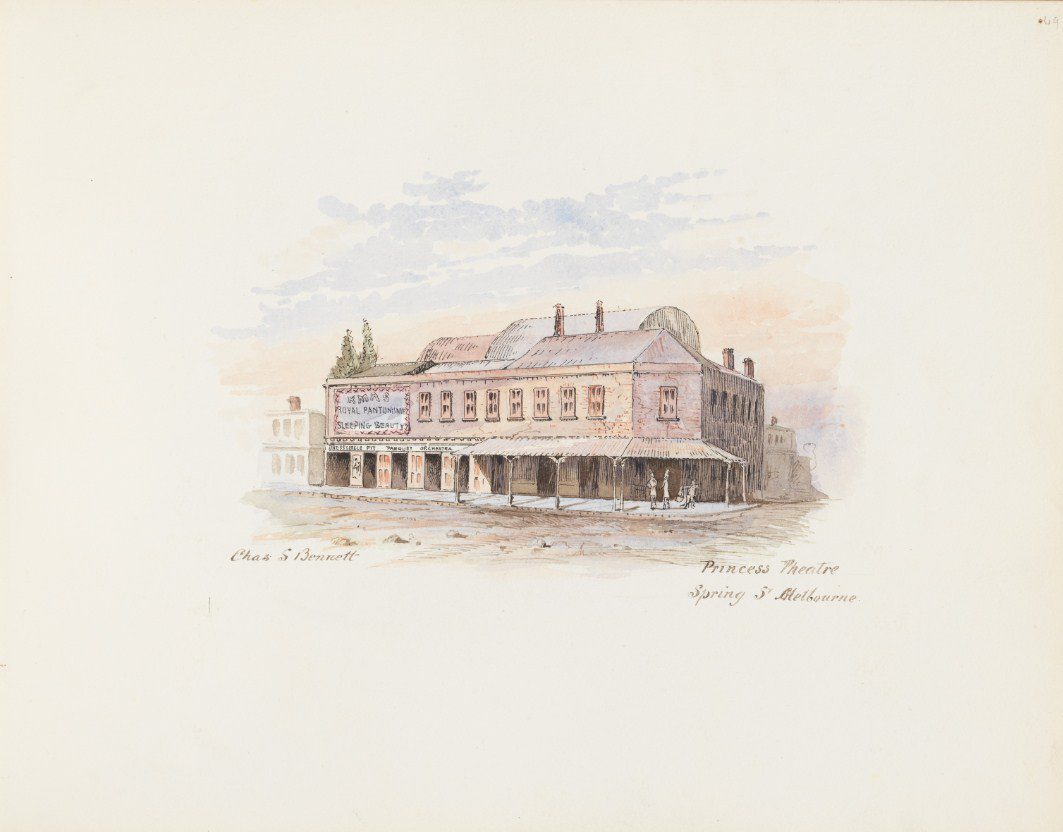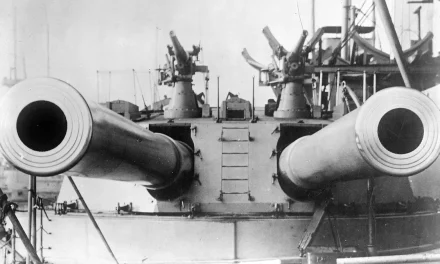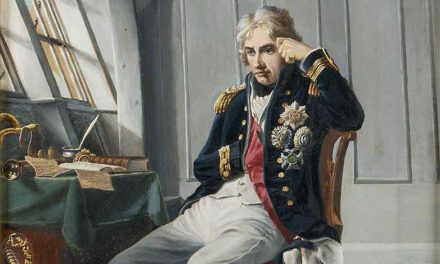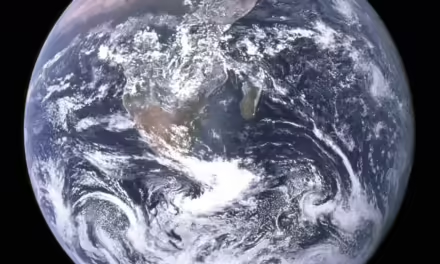Just before midnight on 7 December 1941, Flying Officer Peter Gibbes stepped off the train at Kota Bharu on the coast of northeast Malaya after a long, tiring journey up the peninsula from Singapore. Gibbes, an airline pilot in peacetime, had been newly posted to the Royal Australian Air Force’s 1 Squadron, which in the ensuing hours would become the first Australian military unit to see action in the Pacific War.
This video vividly tells the story of Australia’s first action of the Pacific war.
This excellent video was created by the Australian Military Aviation History Association. See more of their great videos and information here.
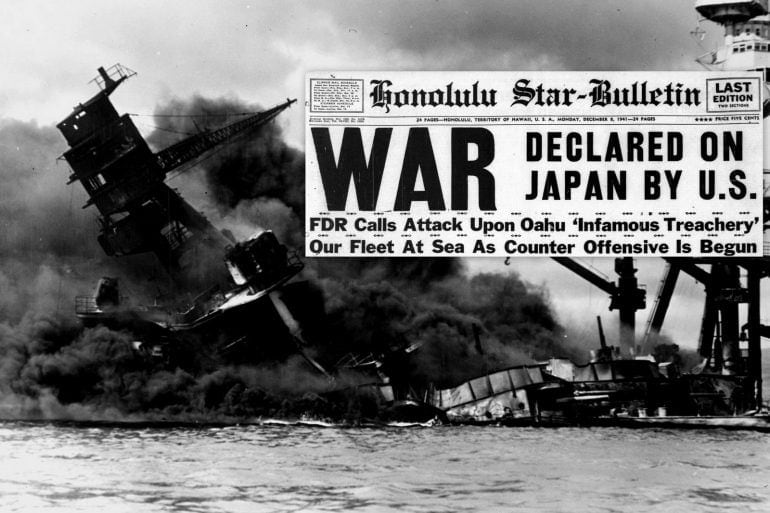
PEARL HARBOR AND AMERICA’s ENTRY TO WAR
Reading time: 6 minutes
The commemoration of the 80th anniversary of the attack on Pearl Harbor also marks the United States’ entrance into the Second World War, forever changing the course of the ultimate conflict.
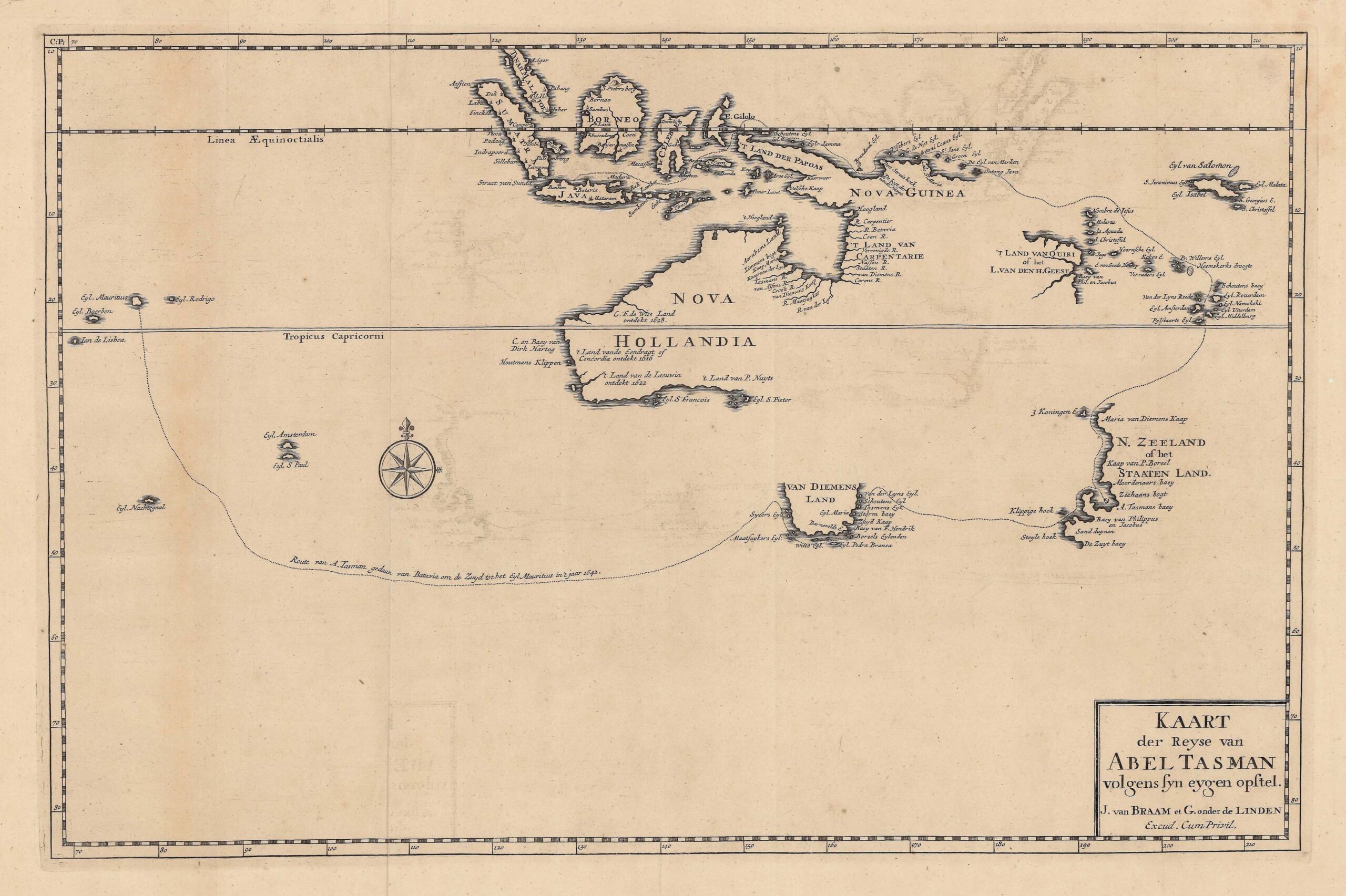
General History Quiz 152
1. When did the Dutch explorer Abel Tasman become the first European to reach New Zealand?
Try the full 10 question quiz.

